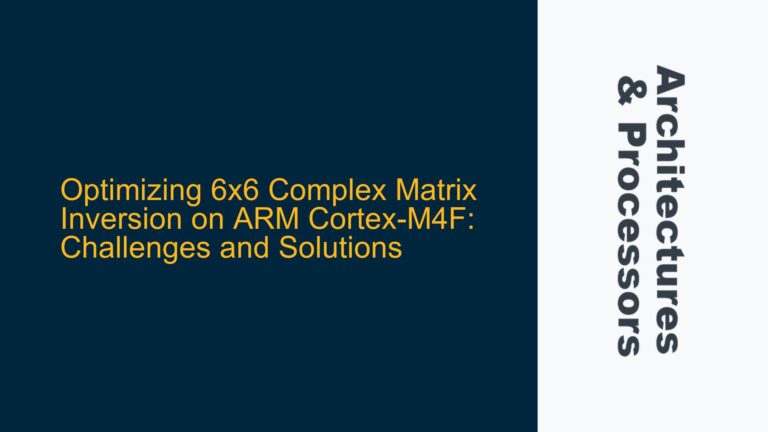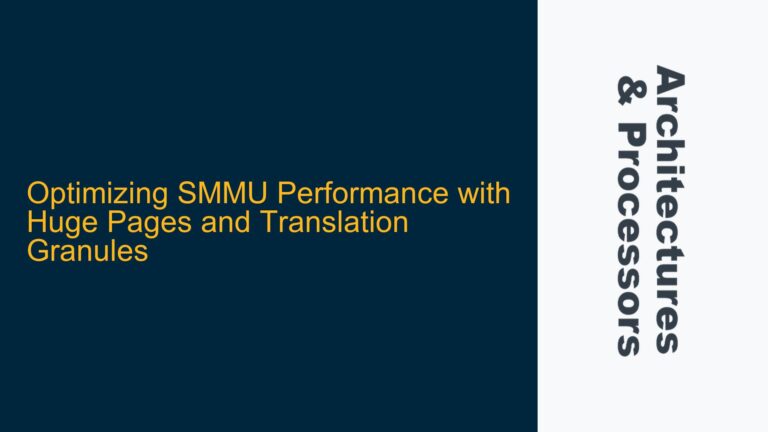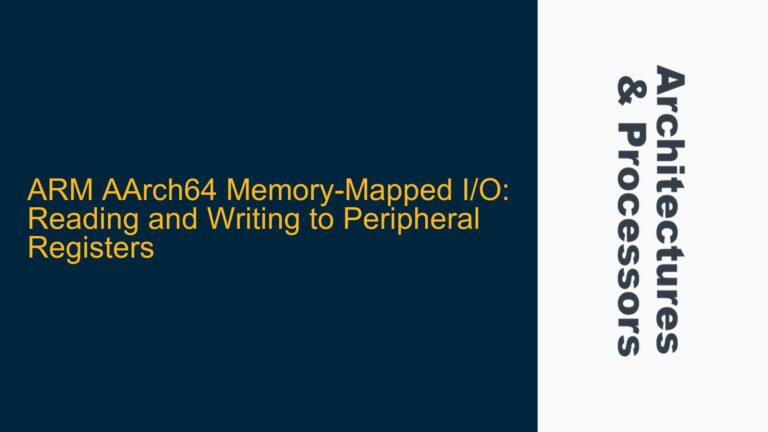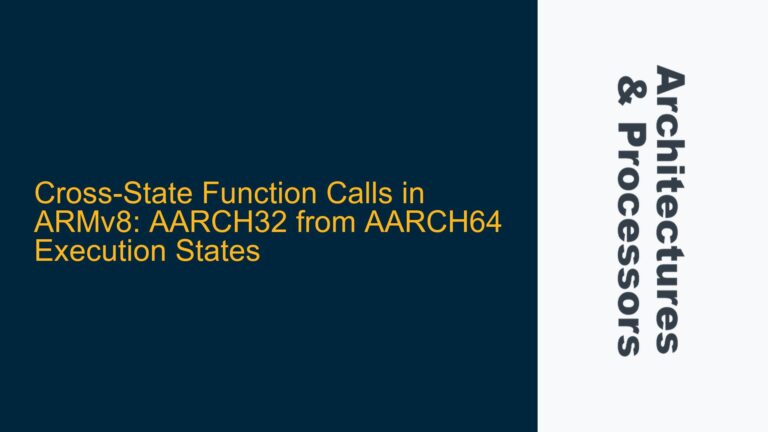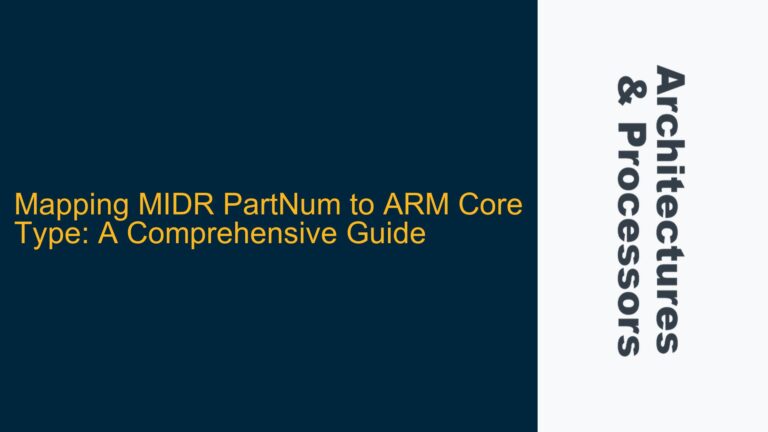AHB3_Lite Protocol Alignment Requirements for Address Transfers
The AHB3_Lite protocol enforces strict alignment requirements for address transfers, which are critical for ensuring proper data integrity and system performance. According to the protocol specification, all transfers within a burst must be aligned to the address boundary that corresponds to the size of the transfer. This means that for word transfers, the address must be aligned to a word boundary, and for halfword transfers, the address must be aligned to a halfword boundary. Specifically, for word transfers, the lower two bits of the address (HADDR[1:0]) must be ’00’, and for halfword transfers, the least significant bit (HADDR[0]) must be ‘0’. This alignment requirement is not just a recommendation but a strict rule that must be adhered to by all AHB3_Lite masters.
The alignment requirement is particularly important because it ensures that the data being transferred is correctly aligned in memory, which is essential for efficient memory access and data integrity. Misaligned transfers can lead to performance degradation, as the memory system may need to perform additional operations to handle the misaligned data. Furthermore, misaligned transfers can cause data corruption if the memory system is not designed to handle such cases. Therefore, the AHB3_Lite protocol explicitly prohibits unaligned transfers to prevent these issues.
In the context of an AHB3_Lite to AXI4 bridge, the alignment requirement has significant implications. Since the AHB3_Lite protocol does not support unaligned transfers, the AXI4 interface connected to the bridge does not need to handle unaligned addresses. This simplifies the design of the AXI4 interface, as it can assume that all incoming addresses are properly aligned. However, this also means that the AHB3_Lite master must ensure that all addresses it generates are aligned according to the protocol requirements. Failure to do so can result in protocol violations, which may be flagged by bus monitors during simulation.
Potential Causes of Unaligned Address Transfers in AHB3_Lite Masters
Despite the strict alignment requirements of the AHB3_Lite protocol, there are scenarios where an AHB3_Lite master might inadvertently generate unaligned addresses. One common cause is a bug in the master’s address generation logic. For example, if the master is designed to increment the address by a fixed amount for each transfer in a burst, a miscalculation in the address increment logic could result in an unaligned address. This could happen if the master incorrectly calculates the address offset for a particular transfer size, leading to an address that does not meet the alignment requirements.
Another potential cause of unaligned address transfers is incorrect configuration of the master’s transfer parameters. For instance, if the master is configured to perform word transfers but the address provided does not align with a word boundary, the resulting transfer will violate the AHB3_Lite protocol. This could occur if the software or firmware controlling the master incorrectly sets the transfer size or address parameters. In such cases, the master may generate unaligned addresses without realizing that it is violating the protocol.
Additionally, unaligned address transfers can occur if the master is interfacing with a peripheral or memory that has different alignment requirements than the AHB3_Lite protocol. For example, if the master is connected to a peripheral that expects data to be aligned on a specific boundary, but the master generates addresses that do not meet this requirement, the resulting transfers will be unaligned. This can happen if the master is not aware of the peripheral’s alignment requirements or if there is a mismatch between the master’s and peripheral’s alignment expectations.
Addressing Unaligned Address Transfers in AHB3_Lite to AXI4 Bridge Design
To ensure that the AHB3_Lite to AXI4 bridge operates correctly and does not encounter unaligned address transfers, several steps can be taken during the design and verification process. First, the address generation logic in the AHB3_Lite master must be thoroughly verified to ensure that it correctly calculates aligned addresses for all transfer sizes. This can be done through simulation and formal verification techniques that check the master’s address generation logic against the AHB3_Lite protocol requirements.
Second, the configuration of the master’s transfer parameters should be carefully reviewed to ensure that they are set correctly. This includes verifying that the transfer size and address parameters are aligned with the protocol requirements. Any discrepancies in the configuration should be corrected to prevent unaligned address transfers. Additionally, the software or firmware controlling the master should be reviewed to ensure that it correctly sets the transfer parameters and does not inadvertently generate unaligned addresses.
Third, the AHB3_Lite to AXI4 bridge should be designed to handle any potential unaligned address transfers gracefully, even though the AHB3_Lite protocol does not support them. This can be done by implementing checks in the bridge that detect unaligned addresses and either correct them or flag them as errors. For example, the bridge could include logic that checks the alignment of incoming addresses and adjusts them if necessary to ensure that they meet the AHB3_Lite protocol requirements. Alternatively, the bridge could include error detection logic that flags unaligned addresses and prevents them from being forwarded to the AXI4 interface.
Finally, the overall system design should be reviewed to ensure that all components, including the AHB3_Lite master, the bridge, and any connected peripherals, have consistent alignment requirements. This includes verifying that the alignment expectations of all components are compatible and that there are no mismatches that could lead to unaligned address transfers. Any discrepancies in alignment requirements should be resolved through design changes or configuration adjustments to ensure that the system operates correctly and efficiently.
In conclusion, while the AHB3_Lite protocol does not support unaligned address transfers, it is important to consider the potential causes of such transfers and take steps to prevent them during the design and verification process. By thoroughly verifying the address generation logic, carefully configuring the transfer parameters, and designing the bridge to handle potential unaligned addresses, designers can ensure that the AHB3_Lite to AXI4 bridge operates correctly and efficiently, without violating the AHB3_Lite protocol requirements.

